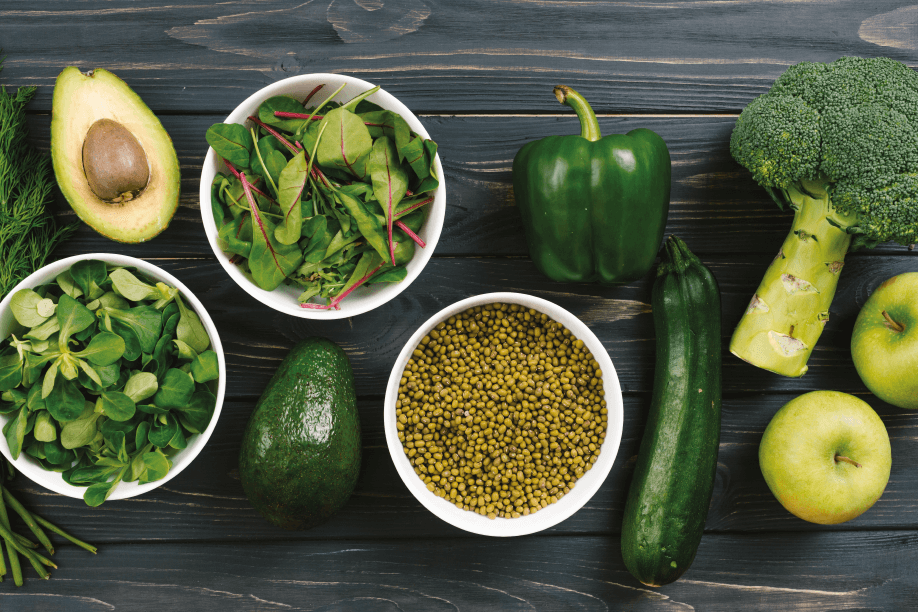Health, Weight Loss
Weight Loss Challenge for Women in their 40’s
As we get old, we become wiser, develop more empathy, and deeper knowledge about ourselves. With all of this, the tendency to gain weight also increases.
As you advance towards your 40’s, weight increases and it gets difficult to lose it. Due to slowing metabolism, one will be burning around 300 calories less than what you used to burn during your 20’s.
Declining estrogen levels and early menopause can be a cause of insulin sensitivity. This makes it difficult for the body to control the sugar in the blood.
This makes blood sugar levels more sensitive to spiking and crashing, and increases your cravings for snacks like- high carbohydrate food, sugary drinks, and fatty food.
Table of Contents:
- Don’t forget the basic rules
- Calculating Your Nutrients
- Eat Fewer Calories
- Choose Your Treats Wisely
- Moving Around More Often
- Accepting and being honest
All these reasons are responsible for weight gain leading to the scenario where many women in their 40’s take up weight loss programs for weight loss.
But with smart planning, you don’t have to starve all day. With efficient and prior planning, you can increase your metabolism and bring your body back in shape.
1] Don’t forget the basic rules of weight loss game

You may have hit your 40s but some rules of weight loss program never change, no matter what age you are. Before starting your diet plan, brush up your basics.
1. Eat Less
It doesn’t matter if you are eating less fatty and nutritious food, you need to cut on your portions. Not doing so will not help you to lose weight.
Even though calorie needs differ from person to person, on average, a woman who eats around 2000 calories per day should cut back their calories by 400 to 500.
2. Set a target of Losing at least 1kg per week
While crash diet seems like a luring option, a slower approach is better and sustainable as well. It will help you in developing healthy habits which will stay with you for a longer time.
3. Do Not Skip Meals
Skipping meals can hurt your rate of metabolism. Breakfast is one of the important meals of the day and never miss it.
Skipping meals also increase the probability of getting your blood sugar crashed, leaving you short of energy and you may go for a quick, high-carbohydrate snack.
2] Calculating Your Nutrients
Calculating your carbohydrates intake and keeping it in check can help you in many ways.
It will help you in fighting age-related insulin resistance and make your blood sugar level steady.
Including more proteins in your diet can also be helpful. It helps in controlling age-related muscle loss and also rev up your metabolism as the body has to work harder now to digest.
The quantity of nutrients makes a difference and matters in the weight of your body. Your daily meals and snacks should comprise of-
1. Vegetables and Fruits
Eating meals with half of these in quantity can be very nutritious. They are rich in fiber and contains a lot of water.
So it will keep you full for a long time without making you crave for junk snacks and thus limit the calories in your diet.
2. Proteins
Good sources of proteins are- chicken, eggs, fish, and yoghurt. Including these in your diet can help you in many ways.
3. Complex carbohydrates

Eat small portions of meals and include whole grains, beans, fresh fruits, and complex-starch rich food which are a good choice.
4. Good Fats
Taking fats in very small quantities won’t harm you if it is good fat.
Avocados, dark chocolates, nuts, and different kinds of seeds are some of the food with high-fat but are quite nutritious as well.
Try to add just 7 to 10 grams of fat in your meals. Maybe few spoons of nuts and seeds or 1 tsp of olive oil.
3] Eat Fewer Calories but eat more frequently
Insulin resistance in your body can leave you to feel hungry.
So if you divide your meals into small sized ones and then snacks in smaller portions as well, it can keep your blood sugar levels in control.
You can fill up your stomach with a lot of fruits and vegetables which are low in calories.
4] Choose Your Treats Wisely
It’s not a new fact to know that you cannot eat in the same way as you used to when you were in your 20s. If you do this you cannot expect to lose weight.
However, this doesn’t mean you cannot eat them at all. You have to save it for a few days and eat them in a very small amount.
Switch a full bag of crispy chips with something that will actually satisfy you. Or you can eat only a few chips and enjoy every bit of it.
Alcohol is also counted as a treat, so don’t cross the line and over do it.
Try not to go beyond 4 glasses of wine in a week. And if you want it every day, you can say goodbye to the piece of dessert you were planning to eat.
5] Moving Around More Often
Your testosterone starts dipping when you are in your 40s. So the ability of the body to burn calories after the exercise also decline.
If you have been indulging in the daily activity of 30 minutes, then it is a good habit. But you have to increase your time now.
Try to do 10,000 steps on a daily basis. Doing 4 to 5 resistance training sessions can also be a big help to your muscle mass and you can burn more calories.
6] Accepting Yourself and being honest
Turning 40 does not mean you have to let go of your favourite food items in order to get slim.
If you are a foodie, it can come between you and your goals. In such a case, minimize the portions you eat.
Tempting food is irresistible for everyone, but what you need to do is to stop yourself from binge eating.
Making good choices is what you need and developing healthy habits will definitely reward you. A strong and positive mindset will help you in a better way.
Think of it positively and use these strategies to achieve your goal weight. Losing weight in your 40s can be challenging, but it is certainly not impossible.

Nice blog.
Hi! Thank you and keep following our blog to know more health information.